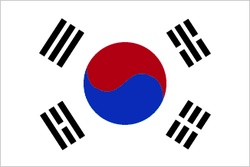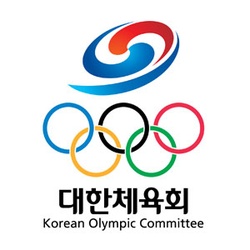The Republic of Korea often referred as the "Land of the Morning Calm" occupies southern region of the Korean Peninsula in Noth-East Asia. The mountainous region is flanked by the East Sea to its east and the Yellow Sea to the west.
There are a series of islands surrounding the country including Jeju-do, Ulleung-do and Dok-do(Liancourt Rocks). The largest of these, Jeju-do is 7,845 sq km and is located 100 km away from the southern coast.
The Southeastern region is washed by the Nakdong River, the largest in the Republic of Korea which flows from the Taebaek Mountains to the Korean Strait, passing through major cities including Daegu and Busan.
The capital is Seoul. Korea's industrial base shifted from agriculture to manufacturing since 1960s and is now shifting to service industries. A global force in a number of significant industries, such as automobiles, petrochemicals, electronics, shipbuilding, textiles, and steel, is becoming the world's 12th largest trading partner.
Since 2004, Korean-made semi-conductors, automobiles, and wireless telecom devices have accounted for over 30% of the country's total trade volume. Exports of IT products have risen every year since 1998 and reached USD 82.5 billion, or 29.5% of total exports, in 2005. Major IT Exports items include memory ships, mobile phones, LCD monitors, PCs, and satellite broadcasting receivers. Korea's semi-conductor industry, in particular, has achieved tremendous growth over the past two decades and is the third largest in the world.








